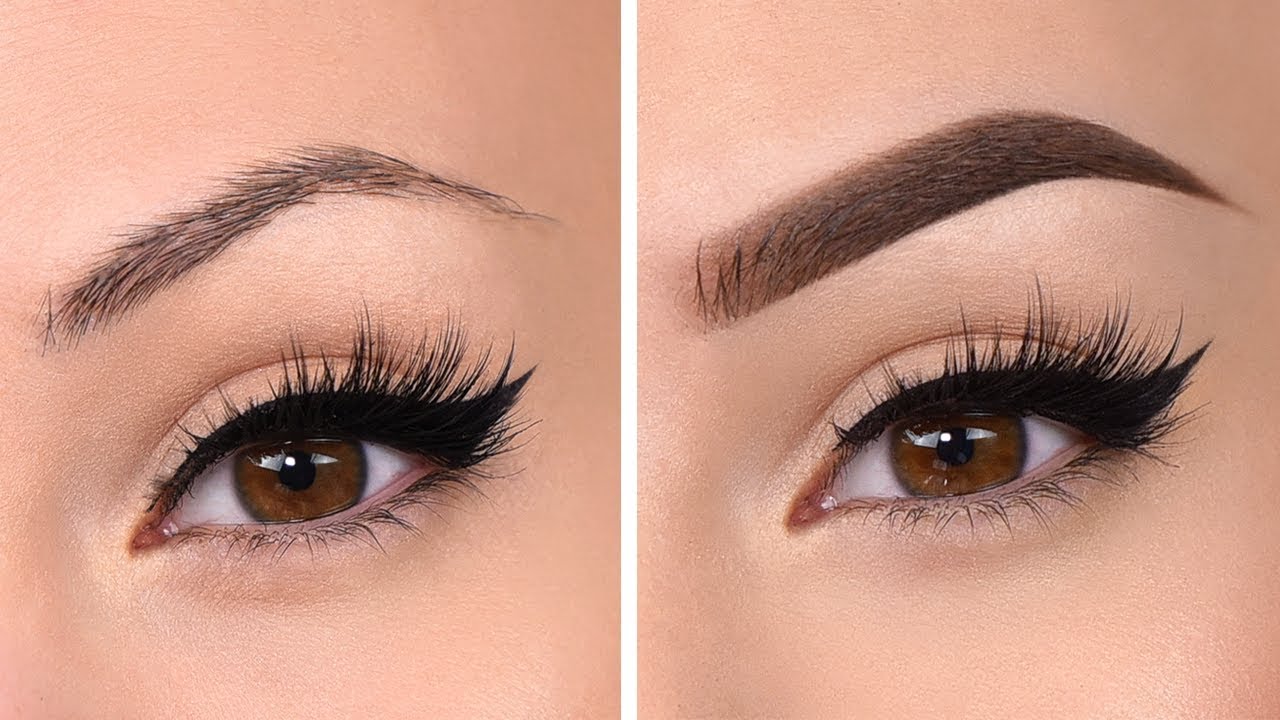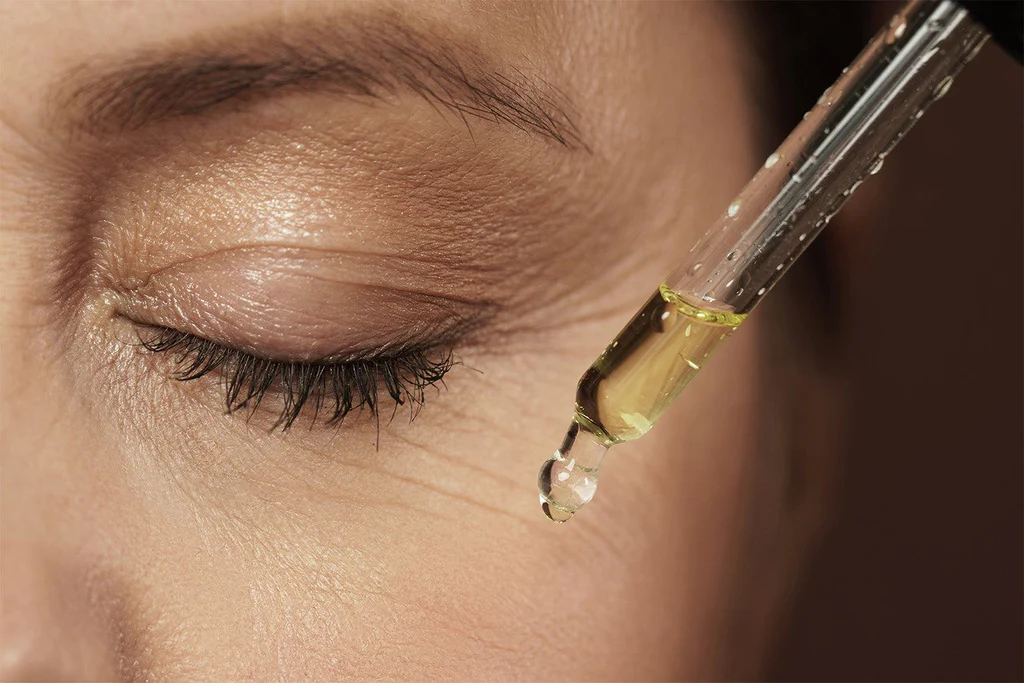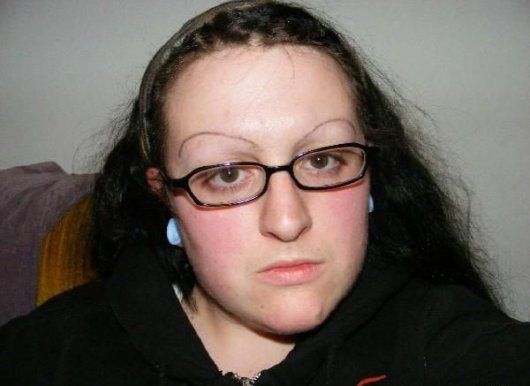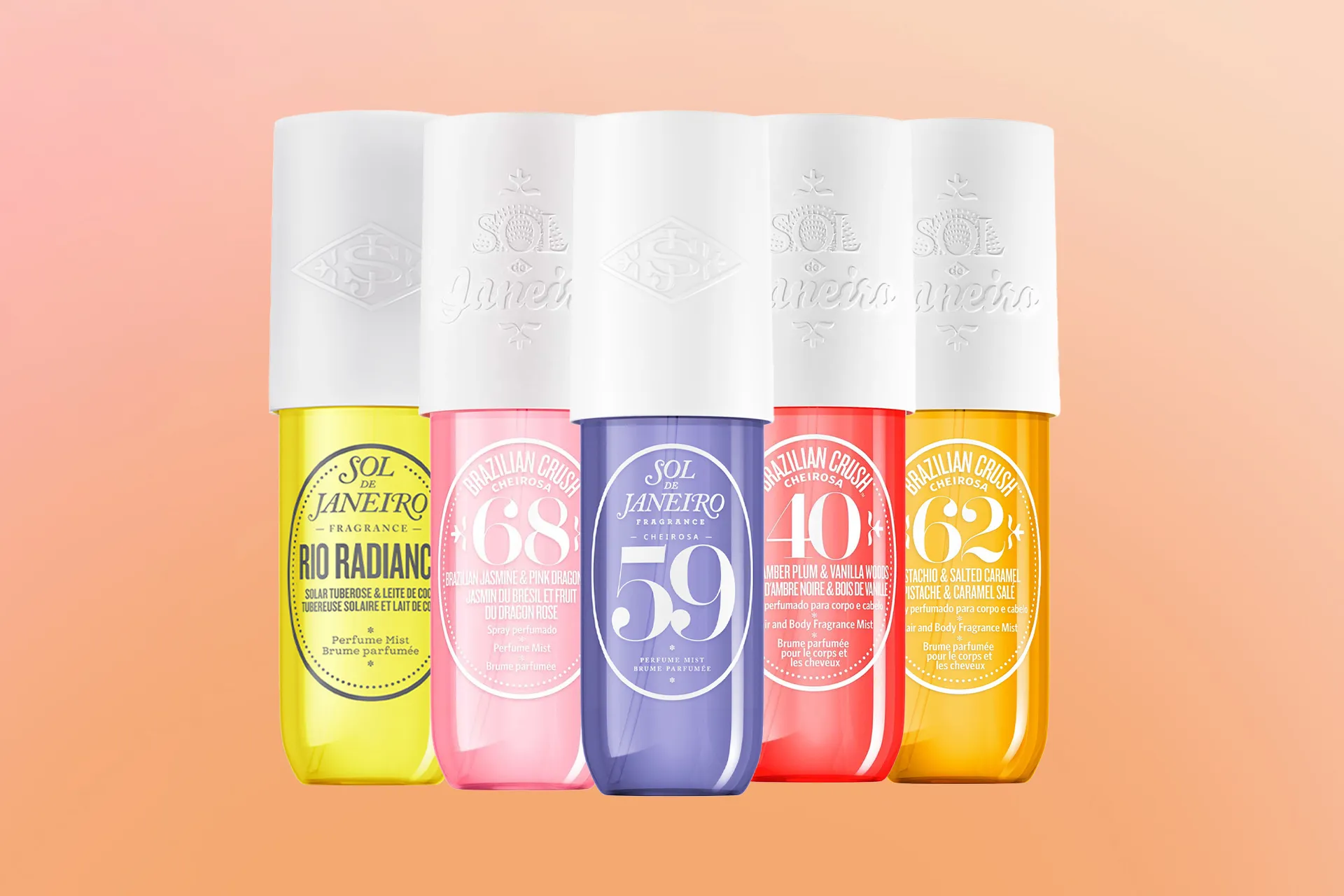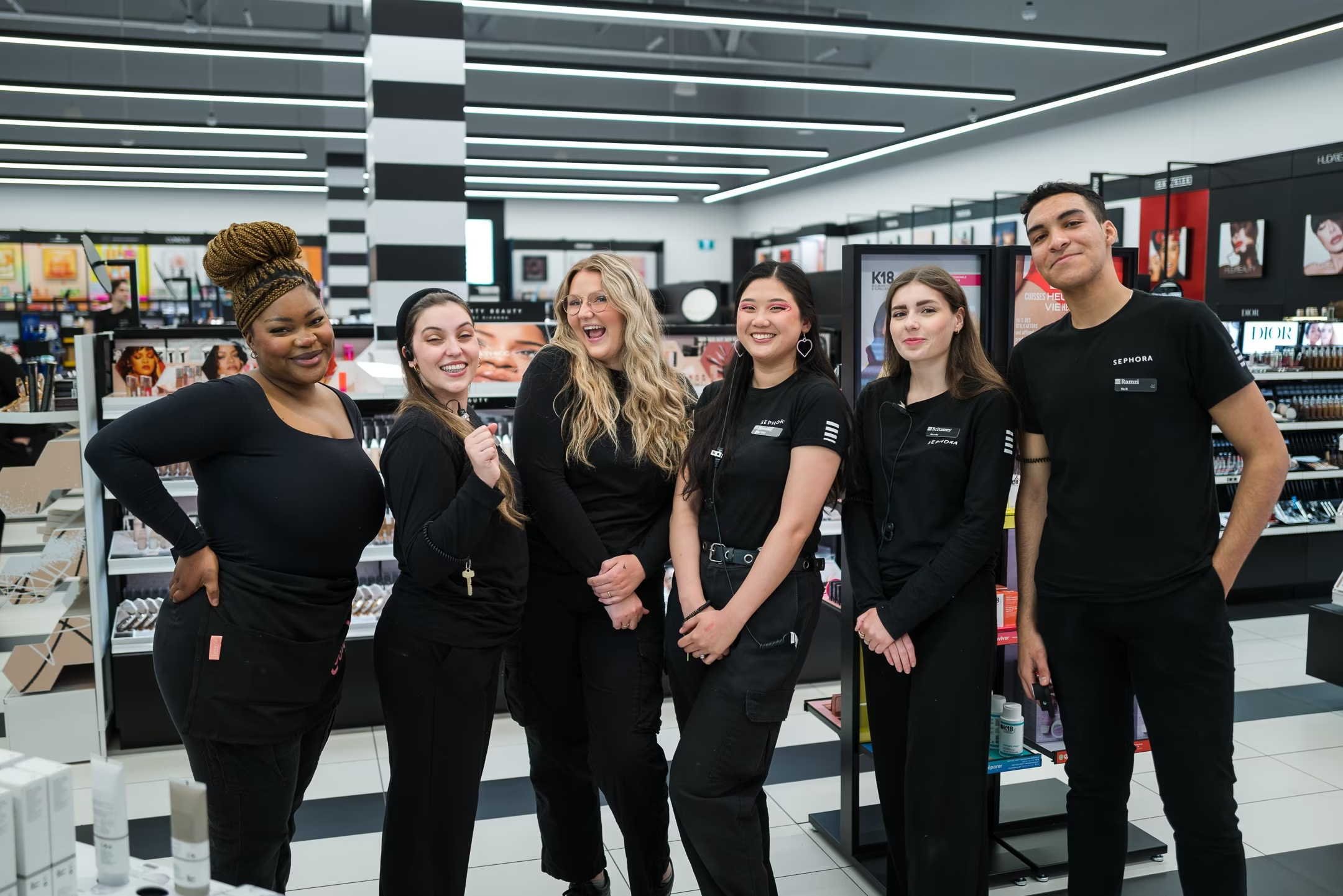
 By
Your Beauty Plug
By
Your Beauty Plug
Mascara is one of the most popular and essential makeup products for many people. It can enhance your eyes, make your lashes look longer and fuller, and give you a more awake and glamorous appearance. But have you ever wondered what mascara is actually made of? You may have heard a rumor that mascara contains bat poop, also known as guano. Is this true, or just a gross urban legend? In this blog post, we will explore the origin, ingredients, and benefits of mascara, and debunk the myth that it is made of bat poop.
Mascara is a cosmetic product that is applied to the eyelashes to darken, thicken, lengthen, and define them. The word “mascara” comes from the Spanish word “máscara”, which means “mask” or “stain”. Mascara has a long and fascinating history, dating back to ancient times.
The earliest form of mascara was used by the ancient Egyptians around 4000 BC. They used a substance called kohl, which was made of soot, antimony, burnt almonds, and other ingredients, to darken their eyelashes, eyebrows, and eyelids. They believed that kohl could protect their eyes from evil spirits and infections, as well as enhance their beauty.
Mascara was also used by other ancient civilizations, such as the Babylonians, Greeks, Romans, and Persians. They used various natural materials, such as ashes, charcoal, honey, rose water, and crocodile dung, to create their own versions of mascara. Mascara was not only a cosmetic product, but also a symbol of status, wealth, and power.
Mascara became more modernized in the 19th century, when chemists and inventors experimented with different formulas and applicators. In 1872, a French perfumer named Eugène Rimmel created a cake mascara that was made of petroleum jelly and black coal dust. His product was so popular that the word “rimmel” is still used as a synonym for mascara in some languages, such as French, Portuguese, and Arabic.
In 1913, an American chemist named T. L. Williams created a liquid mascara that was made of petroleum jelly and carbon black. He named it “Maybelline”, after his sister Mabel, who inspired him to create the product. Maybelline is now one of the most famous and successful mascara brands in the world.
In 1957, a French makeup artist named Helena Rubinstein introduced a mascara that came in a tube with a wand applicator. This was a revolutionary invention that made mascara easier and more convenient to use. Since then, mascara has evolved into various types, such as waterproof, volumizing, lengthening, curling, and colored mascaras, to suit different preferences and needs.
Mascara is made of a combination of ingredients that can vary depending on the brand, type, and formula of the product. However, most mascaras have some common components, such as:
No, there is no bat poop in mascara. This is a myth that has been circulating for a long time, but it has no basis in reality. The confusion may have arisen from the similarity between two words: guano and guanine.
Guano is the term for the excrement of bats and seabirds, which is used as a fertilizer and a source of nitrogen. Guanine is a term for a crystalline substance that is found in the scales of fish, the wings of butterflies, and the DNA of animals and plants. Guanine is used as a colorant and a shimmery agent in some cosmetics, such as mascara, eyeshadow, nail polish, and lipstick.
The word guanine comes from the Spanish word guano, which means dung. However, this does not mean that guanine is derived from guano, or that guano is used in cosmetics. Guanine is extracted from fish scales, which are a by-product of the fishing industry, and processed into a safe and pure form. Guanine is approved by the FDA and the EU as a cosmetic ingredient, and it does not pose any health or environmental risks.
Therefore, you can rest assured that there is no bat poop in your mascara, or any other cosmetic product. Mascara is made of carefully selected and tested ingredients that are designed to enhance your beauty and protect your eyes.

